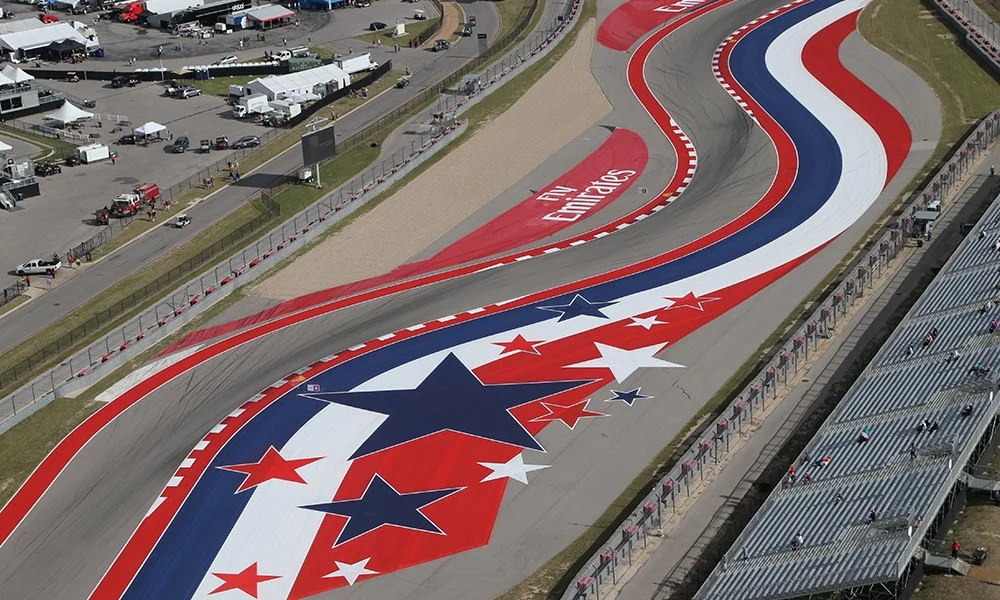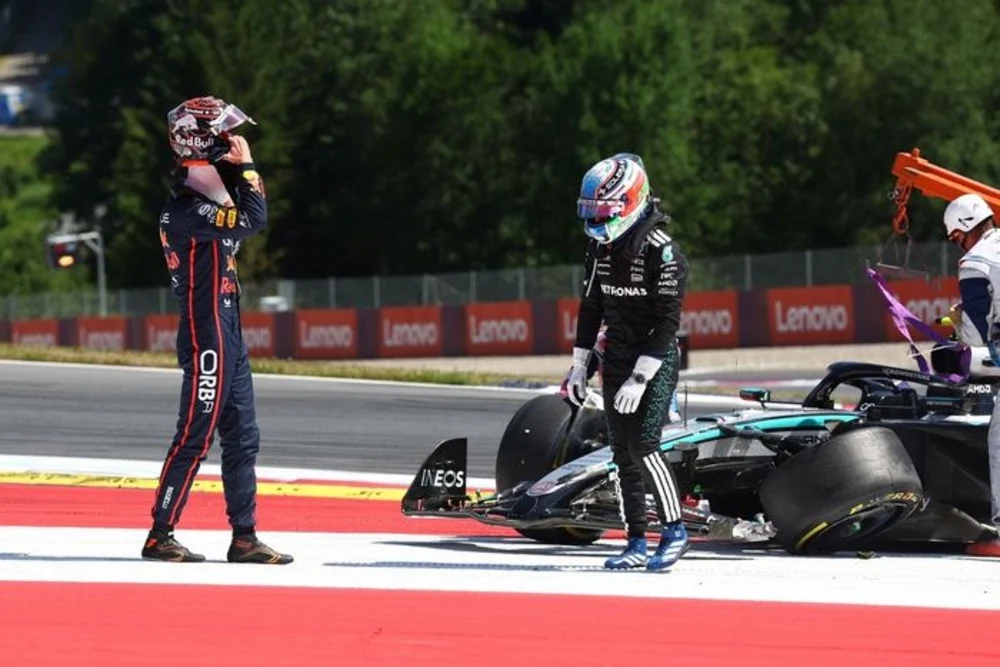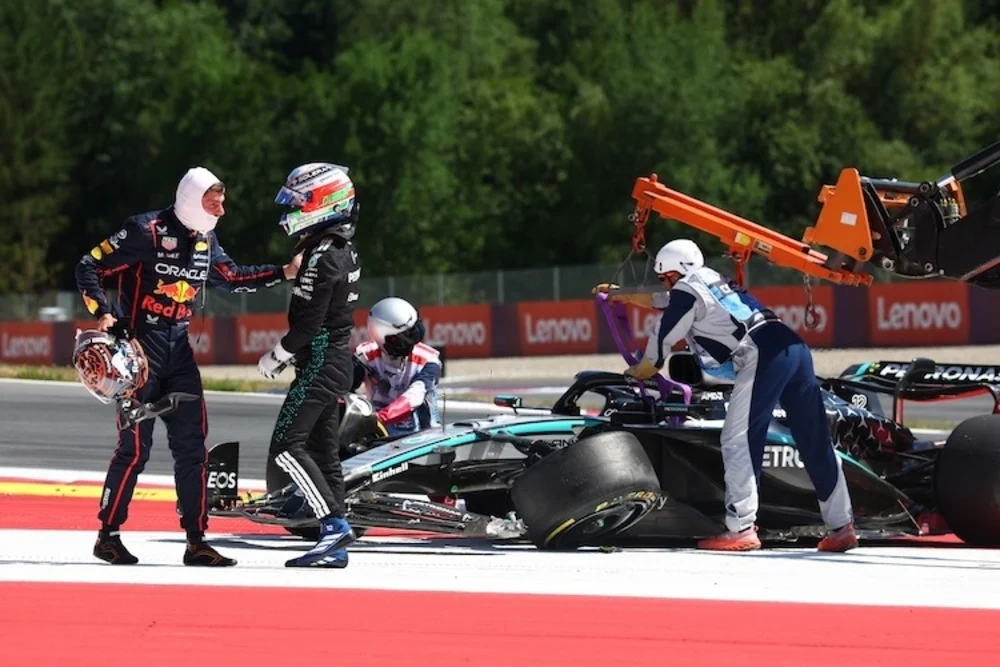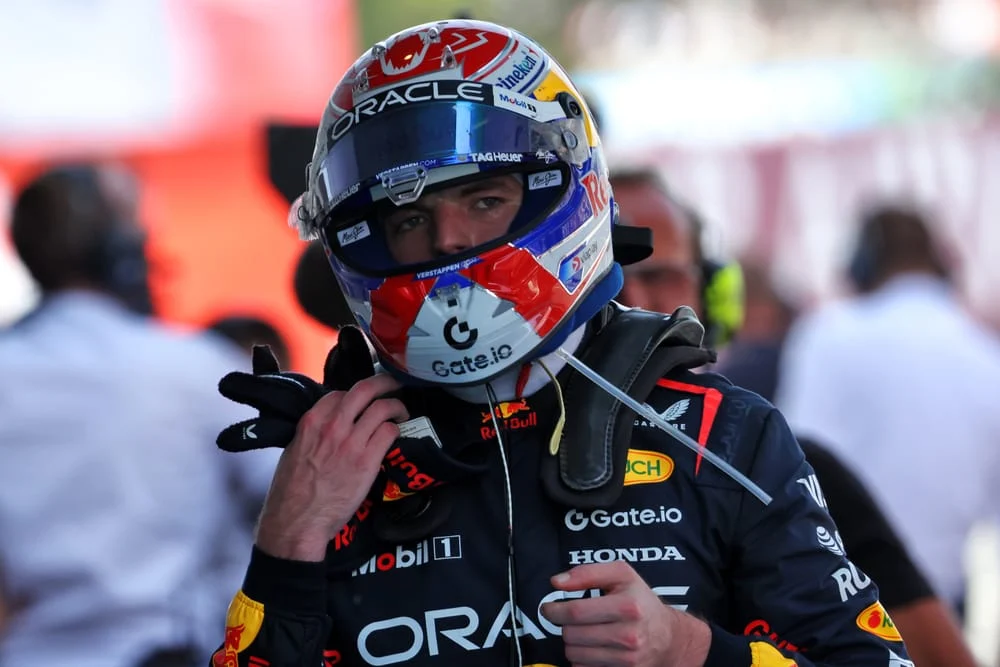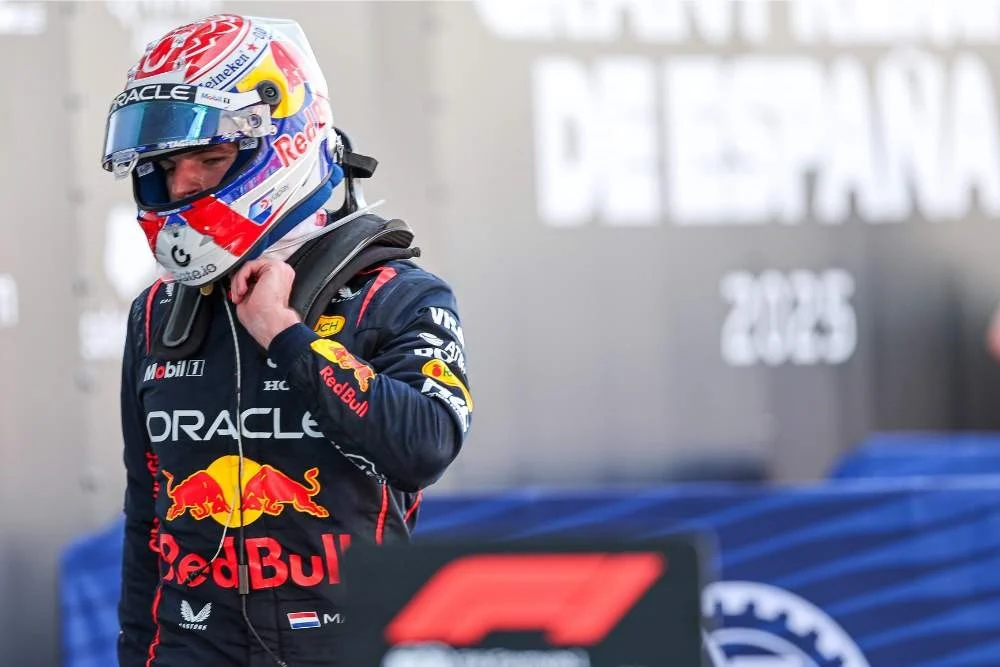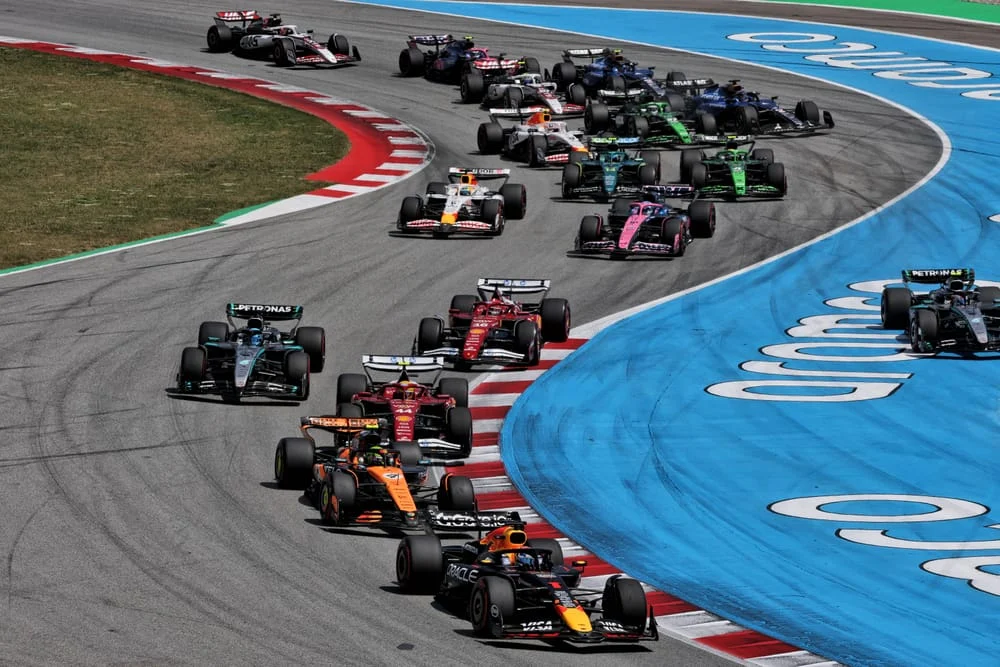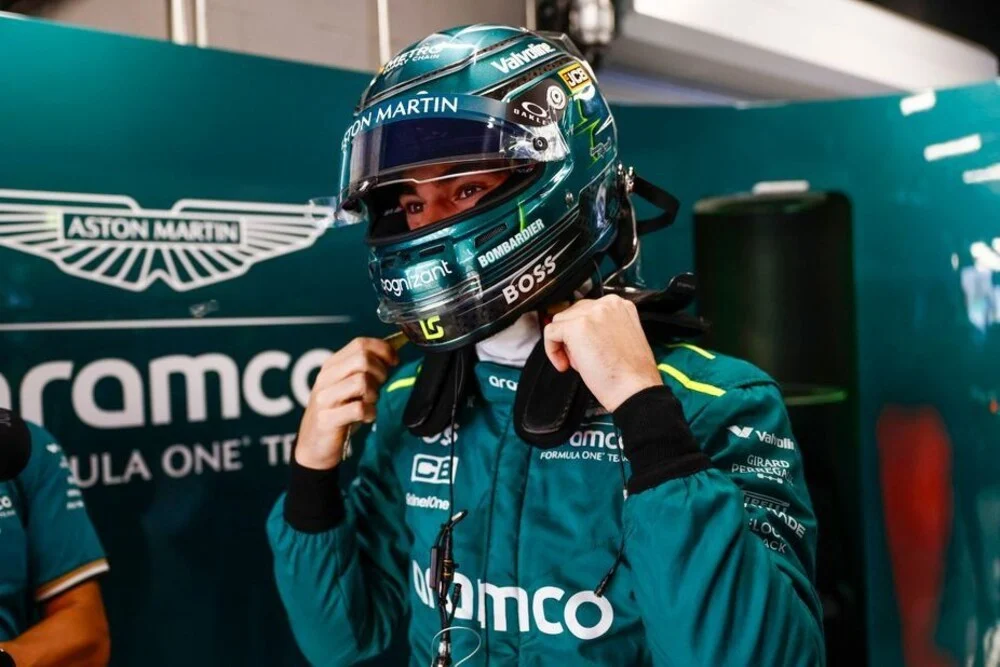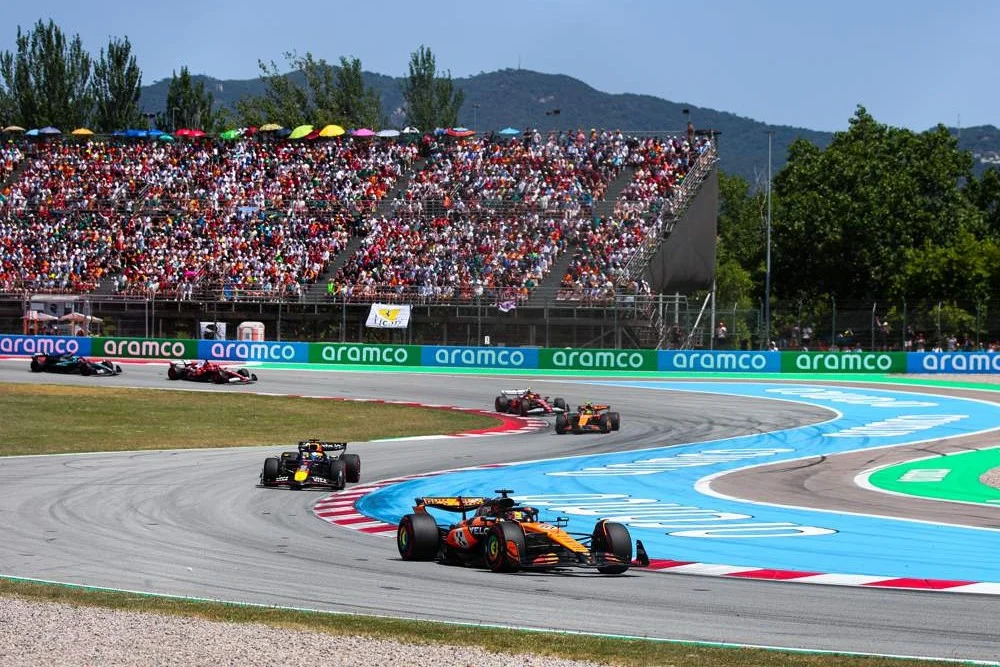United States Grand Prix organizers have confirmed significant COTA track changes ahead of this weekend’s F1 race.
These changes come in direct response to criticisms from reigning champion Max Verstappen, who described the track as “pretty poor” during last year’s event.
The adjustments aim to improve safety and improve the overall racing experience while addressing persistent issues related to track limits that have plagued Formula 1 in recent seasons.
This comes after last year’s race was marred by controversy surrounding track limits, particularly at Turn 6, where multiple drivers were reported to have exceeded the boundaries without facing penalties.
The issue prompted Haas F1 Team to lodge a formal request for a review of the FIA’s decisions regarding track limit violations, which was ultimately dismissed due to insufficient evidence. The lack of effective monitoring and enforcement led to widespread frustration among teams and drivers alike, highlighting the need for immediate action.
While COTA has faced challenges balancing the needs of both F1 and MotoGP—given that it serves as a venue for both racing disciplines—United States Grand Prix organizers have reiterated their commitment to finding solutions that accommodate all forms of motorsport.
In response, COTA’s promoter Bobby Epstein has outlined a series of strategic modifications designed to curb these violations. One of the most notable changes involves narrowing the asphalt verges at critical turns—specifically Turns 6, 13, 14, and 15—by 1.5 meters and replacing them with turf.
This adjustment is intended to discourage drivers from exceeding track limits by introducing a more significant risk of losing control if they stray off the designated racing line.
Additionally, COTA has implemented a new resin-bound gravel trap at Turn 11, replacing the previous ‘turtle bumps’ that were deemed ineffective in deterring track limit violations. This innovative solution aims to prevent loose stones from being kicked onto the racing line while still providing a physical barrier that encourages drivers to stay within their limits.
The technology has been successfully utilized at other circuits, such as Zandvoort, and is expected to enhance both safety and competitive integrity during the race.
The resurfacing of the circuit has also been a major focus for the organizers. Much of COTA’s asphalt had deteriorated over its 12 years of use, leading to an increasingly bumpy surface that negatively impacted car handling and performance.
Epstein noted that this resurfacing was overdue and essential for ensuring that COTA meets modern F1 standards. The goal is to create a smoother driving experience that minimizes wear on tires and reduces the risk of mechanical failures caused by excessive bumps.
These changes are not merely cosmetic; they represent a concerted effort by COTA’s management to respond directly to driver feedback. Epstein expressed optimism that Verstappen and other competitors would have a significantly improved experience this year.
“It was mainly to get rid of the bumps,” he said. “Some of that track was 12 years old, so it was time.
“I know Max gave it a pretty poor review last year, so I hope we hear something positive. I’m certain we’re going to hear, ‘This is like a totally new track. It’s fantastic’.”
Moreover, additional cameras have been installed around the circuit to enhance monitoring capabilities for track limit violations. This increased surveillance aims to provide more accurate assessments during races and ensure that all drivers adhere strictly to the established boundaries.
The FIA has acknowledged that better monitoring solutions are necessary for maintaining fairness and integrity in racing.
The upcoming United States Grand Prix is particularly significant as it marks the beginning of a triple-header event in North America, followed by races in Mexico and Brazil.
As teams prepare for this crucial stretch of the season, they will be keenly aware of how these modifications impact their performance on track.
READ MORE: FIA set to intensify parc ferme ride height checks at United States Grand Prix

